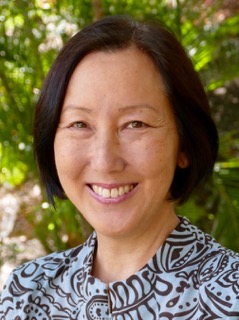
LA Social Science Presents “Conversations with Changemakers” Featuring Dr. Karen Umemoto
Dr. Karen Umemoto is a professor in the Department of Asian…
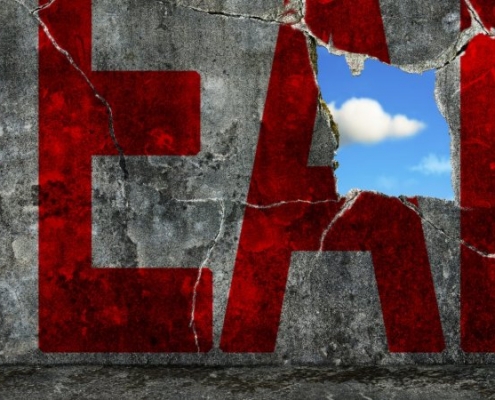
Fear Is a Party Animal
By Sarah Gavish, UCLA Master of Social Science ‘18 In…
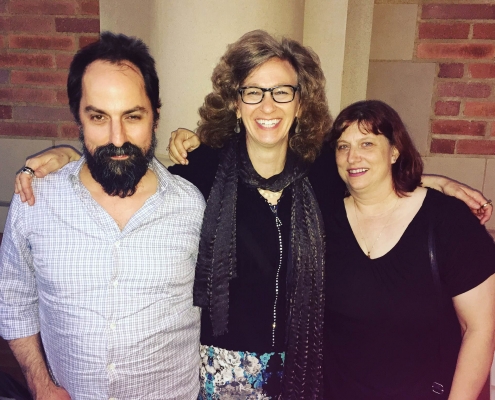
UCLA Faculty and Alumni Discuss the Past and Present Politicization of the US Census
Comparative historical sociologists, Professors Dylan Riley…

Undocumented Stories Exhibit Visits Museum of Latin American Art
By George Chacon Dream Resource Center Project Manager,…
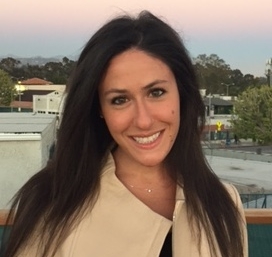
Reading Between the Battle Lines: Decoding Values in Tweets About Gun Control
By Lara Drasin UCLA Master of Social Science 2018 Every…
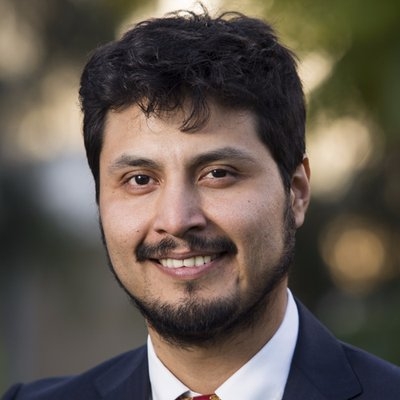
First-Generation Students In Graduate School
By Berto Solis, UCLA Master of Social Science, 2018 First-generation,…

Policing’s Role in Racial Segregation: 50 Years After the Fair Housing Act
By Rahim Kurwa Assistant Professor, University of Illinois…

Social Sciences Alumni to be Honored by the UCLA Alumni Association
The UCLA Alumni Association will be honoring several distinguished…

